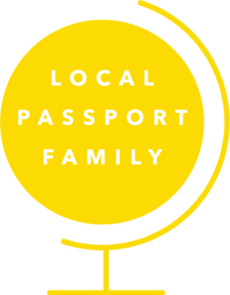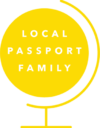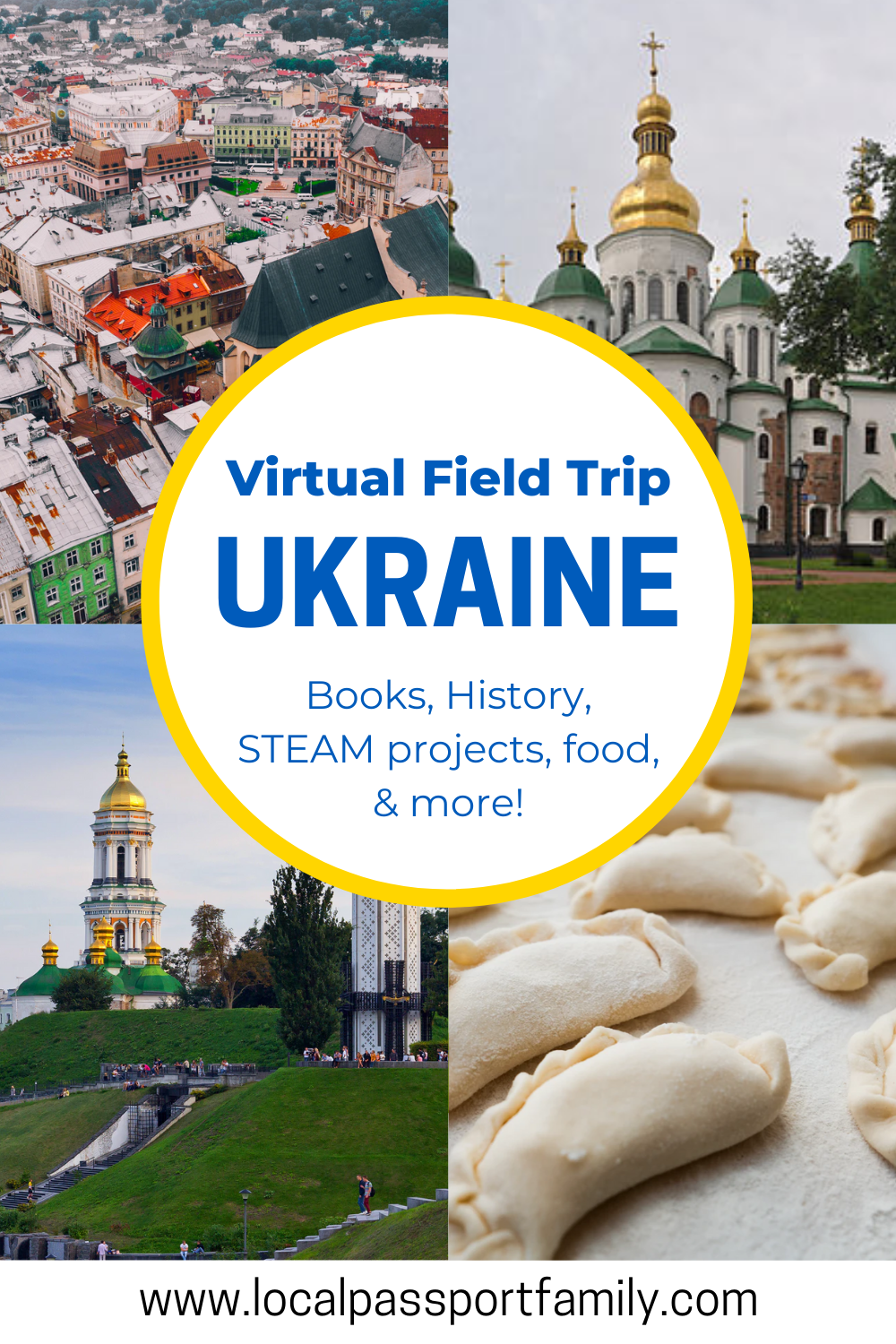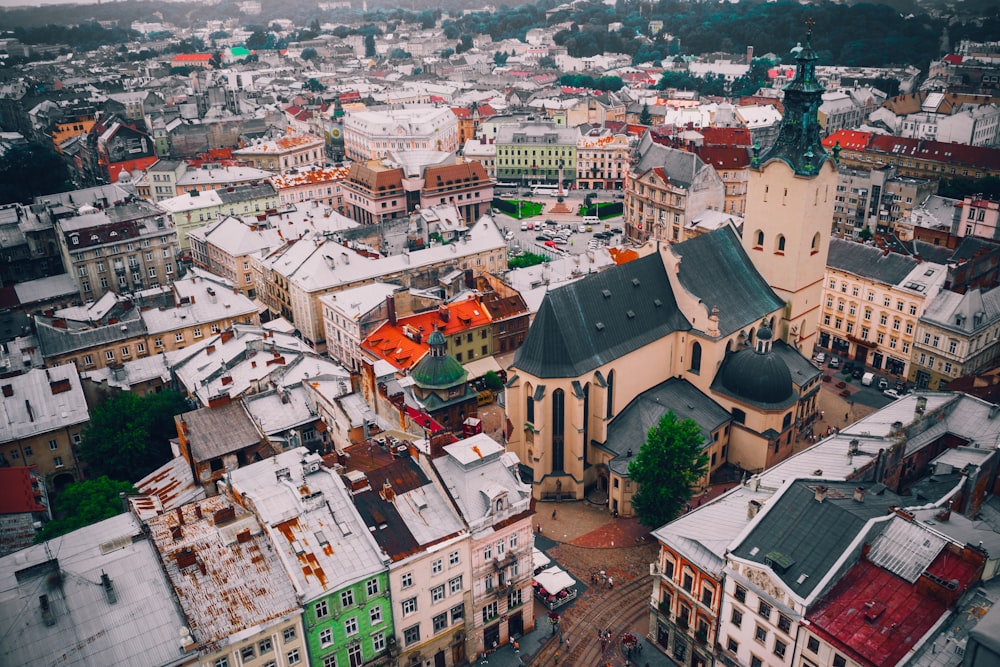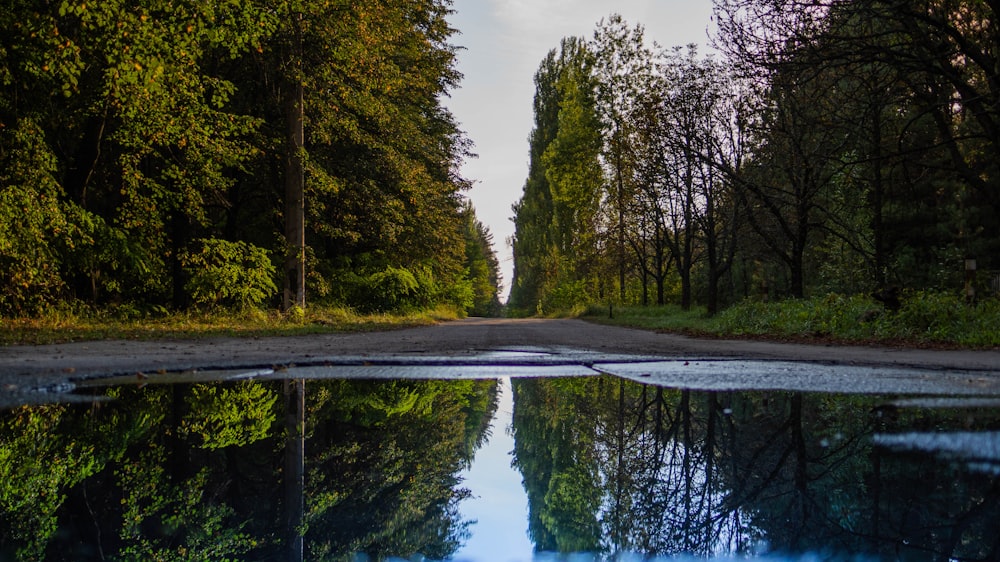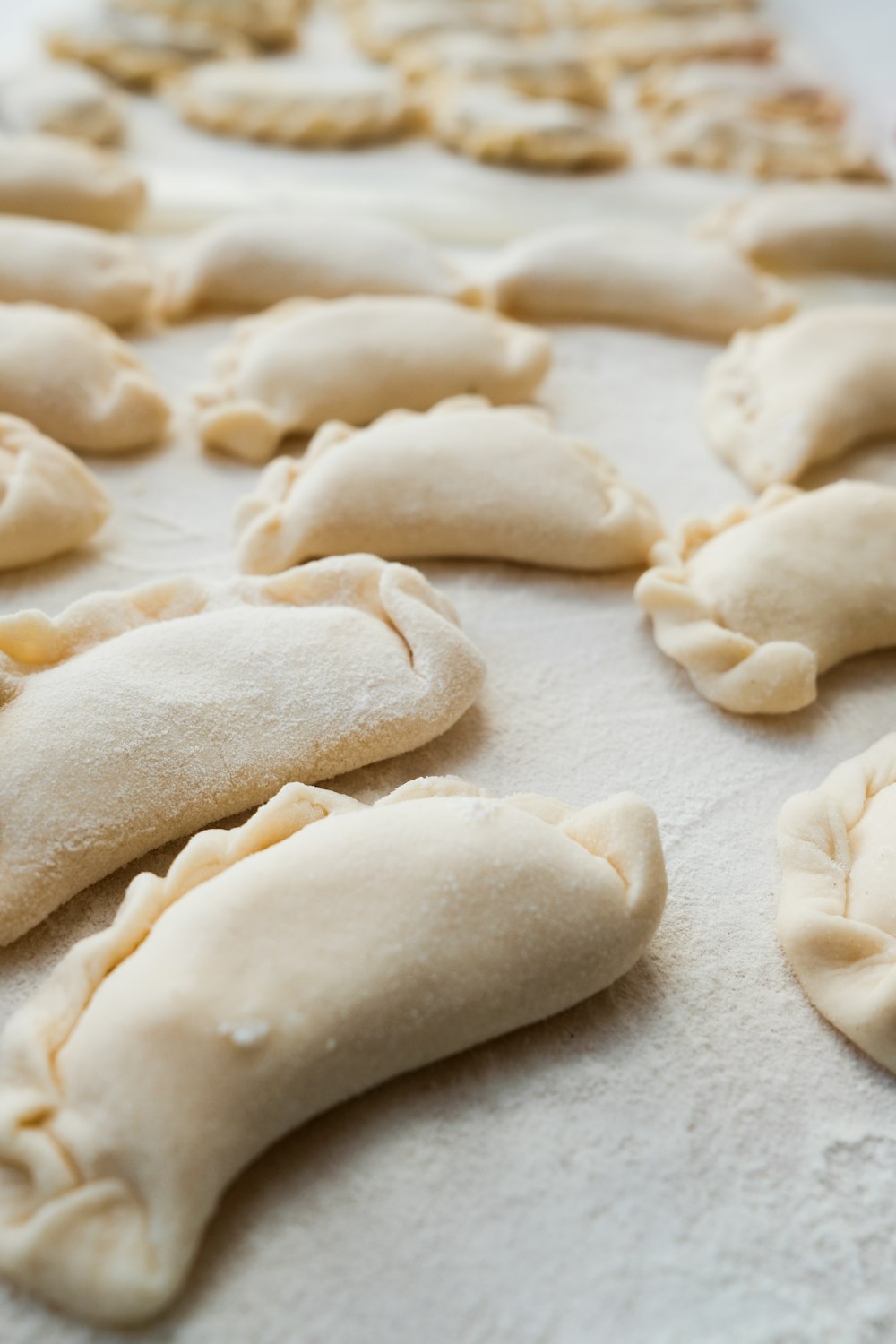Welcome to U is for Ukraine for the Global Children’s Book Club! Today we’ll be going on a virtual tour of Ukraine with kids. Get ready for a fun and inspiring Ukraine virtual field trip – perfect for global education at home or for a Ukraine homeschooling unit.
You can find the full list of countries for the book club right HERE. Be sure to sign up for the email list to get all the information in advance and to receive fun extras!
Get your FREE Alphabet Printable Passport here!
Here’s the 2020 Global Children’s Book Club discussion schedule!
This Ukraine virtual tour contains affiliate links, but all opinions are 100% my own. That means I earn a small commission if you purchase through my link, but doesn’t change your price.
U is for Ukraine: Ukraine Virtual Tour for Kids
Featured Ukraine Book
Enough by Marsha Forchuk Skrypuch (Author), Michael Martchenko (Illustrator)
Author Book Chat

Enough Picture Book Discussion Questions
Other Ukraine Books for Kids
Ukraine Facts
Basic Facts
- The capital of Ukraine is Kyiv.
- The official name is Ukraine (Україна); there is no official, longer name.
- Volodymyr Zelensky is the current President of Ukraine.
- Ukraine is located in eastern Europe and is the second largest country on the continent after Russia.
- Ukraine borders seven countries – Poland, Slovakia and Hungary to the west, Belarus to the north, Moldova and Romania to the south-west and Russia to the east.
- The official language of Ukraine is Ukrainian, though Ukrainian is the native language of only 67.5% of people in Ukraine. There are more than 40 other languages and dialects spoken in Ukraine.
- The currency in Ukraine is Ukrainian Hrivna. $1 USD = 26.68 Ukrainian hryvnia
- Ukraine has four seasons.
- Over 90% of people in Ukraine are Christian, especially Orthodox. Less than 1% of the population is Muslim, including the indigenous Crimean Tatar.
- Ukraine is one of the top ten producers of corn and wheat in the world, buy there is also some, light industry.
- Ukraine has a large agricultural history. This was difficult during the time of Stalin, as Ukraine was expected to feed the entire USSR.
Interesting Facts About Ukraine
- The gas lamp was invented in Lviv.
- Ukraine became an independent country on August 24, 1991, after the fall of the Soviet Union. Over 92% of people voted for independence after the fall of the USSR.
- Hasidic Judaism was founded in Ukraine.
- The National University of Ostroh Academy, founded in 1576, was the first university in eastern Europe.
- Like many other Eastern European and South Asian countries, Ukrainians wear their wedding rings on the ring fingers of their right hands.
- Ukrainians don’t often smile in public.
- In 2014, there was a Ukrainian revolution in which the president was overthrown. Following that, Russia invaded a part of Ukraine called Crimea and annexed it into the Russian Federation. It continues to be administered by Russia, although most the world still recognizes the Crimean peninsula as part of Ukraine.
- Ukrainians celebrate Kupala Night near the summer solstice. Legend goes that if a boy and girl can continue holding hands while jumping over a log fire, then their love will last forever!
Color in Ukraine on this map of Europe!

Ukraine with Kids: Flag Activity
The blue and yellow in the flag represent the sky over fields of grain.

Flag from HERE
HERE is a fun printable Ukraine flag coloring sheet!
Ukraine Virtual Tour to a Featured Landmark
St. Sophia’s Cathedral
St. Sophia’s Cathedral in Kiev was built in 1037 and named after the Hagia Sophia in what is now Istanbul (was called Constantinople). It has a beautiful Baroque-style outside with 13 domes!
L’viv Historic Center
L’viv’s historic downtown areas are sometimes called “the Paris of Ukraine.” It is charming and beautiful, with stunning architecture. The bell tower provides excellent views of the surrounding area.
Chernobyl
The worst nuclear accident in the world took place at the Chernobyl Power Plant in Ukraine near the town of Pripyat. The amount of radiation that the accident released was 400 times more than from the bomb dropped on Hiroshima, Japan during World War II. Radioactive rain from the accident fell as far away as Ireland. The area is still contaminated today, although people do live nearby.
After the fall of the USSR and Ukraine becoming independent, it held about 1/3 of the Soviet nuclear arsenal. However, in 1994, Ukraine agreed to destroy the weapons and became the first country to voluntarily give up its nuclear weapons.
Featured Ukrainian Artist: Jamala
Susana Alimivna Jamaladinova is known by the stage name of Jamala. She is a Ukrainian actress and songwriter. She won the Eurovision Song Contest in 2016 with her song “1944.” The song is about her great-grandmother who was deported from Crimea to Central Asia. This was part of the “cleansing” of the ethnic group of the Crimean Tatars. The President of Ukraine later named her the People’s Artist of Ukraine.

Featured Important Ukrainian Person: Ivan Puluj
Ivan Puluj was a Ukrainian physicist and inventor. He was later credited with being an early developer of X-rays for medical imaging, though his contributions weren’t recognized until decades after he died.
Featured Ukrainian Food: Ukrainian Recipes for Kids
- Like other parts of central and eastern Europe, borscht (beet soup) and varenyky (dumplings filled with meat, cheese, vegetables, or friut) are extremely popular in Ukraine.
- Salo, or cured pork fat, is one of Ukraine’s most popular and traditional foods.
- Paska is a traditional Ukrainian Easter bread. Since most of the country is Christian and celebrates Easter, it’s made in almost every home. The cook should whisper good thoughts to the dough while making it in order for it to taste its best!
Ukrainian Craft & Culture Activities for Kids
Pysanka: Ukrainian Easter Egg Craft
Pysanky (singular: pysanka) are Ukrainian Easter eggs. The word means, “to write,” as those designing them draw on the eggs with hot wax and then dye them to prevent the dye from getting through on certain parts. (Wax-resist method.) Many scholars believe they date back to pre-Christian times, and have been adapted to Christian and folk designs.
The website psyanka.com gives information on which plants, roots, berries, etc. were used to create historical colors. This document has legends behind pysanky, as well as different designs and their symbolism. Finally, you can look here for tons of inspiration on creating your own pysanka.
Here’s how to create your own pysanky!
Materials
- One dozen white eggs
- Ukranian pysanky kit
- Pencil
- Candle (in a holder)
- Paper towels
- Bowl with 1 T white vinegar mixed with 1 cup water
- Optional: instead of wax, you could use (untraditional) paint pens, or draw designs with a white wax crayon on the egg or on paper
- Wash your hands and your egg, then dry both thoroughly.
- Set out your bowl of water + vinegar, as well as bowls with the different colors of dye.
- Using your pencil, lightly draw the main design on your egg.
- Heat your kistka (stylus) in the flame, then scoop some of the wax. Then heat the tip in the flame again to melt the wax.
- Trace your design on the egg with the wax. Scoop more as needed. Cover all the areas on the egg that you would like to stay white.
- Put the egg in the bowl of water and vinegar for 3-5 minutes.
- Put the egg in your first dye for 3-5 minutes. Be sure to do the LIGHTEST color first.
- Remove the egg from the dye and pat it dry with a paper towel.
- Draw on the designs with the wax that you would like to remain the color you just used.
- Place the egg in the water + vinegar mix for 3-5 minutes.
- Place the egg in the 2nd color (the 2nd lightest) for 3-5 minutes.
- Pat dry.
- Continue drawing with wax, dipping in water + vinegar, and dipping in dye for the remaining colors. Start with the LIGHTEST colors and end with the DARKEST colors.
- When you’re finished, hold the egg next to the flame to melt the wax and gently wipe it off with a paper towel.
Oil Pastel Pysanky Craft
If working with wax is too complicated or you have very young children, you can instead decorate your own pysanky egg on paper.
Materials
Lay out a piece of construction paper. Draw out the shape of a large egg with the white oil pastel. Check out this document for suggestions on symbols, and look here for tons of pysanky inspiration. Then decorate your pysanka with as many colors as you’d like!

Make a Ukrainian Motanka Doll
Legends say that a Ukrainian motanka doll protects the house and children. It is typically made from strips of old cloth, along with things like hay, straw, and seeds, and are often filled with herbs. The motanka doll doesn’t have a face, to allow children to imagine emotions it may be feeling.
Here are motanka doll instructions to make girl, boy, and angel dolls out of cloth!
Ukrainian Art Books
Other Ukraine Kids Activities
- Ukrainian rooster craft
- Easter egg wall decorations
- Make a beautiful felt bag
- You could also consider painting a wooden bowl or spoons!
Animals in Ukraine

Ukraine Movement Activities
There are many opportunities for sports activity in Ukraine, with lots of stadiums and athletic facilities. Football (soccer), however, is by far the most popular – just like in many other countries around the world!
Learn Traditional Ukrainian Hopak Dance

Ukrainian Folk Dance Performance

Ukrainian Children’s Folk Rhyme

Kid Movies About Ukraine
Ukraine Conversations with a Local: Culture, History, & Food Discussion Video
Ukraine with Kids Discussion Questions
- Ukraine’s flag represents the sky and the fields. What colors would you choose to represent where you live or your lifestyle?
- If you lived on Crimea, would you want to be part of Ukraine or Russia?
- Say your ancestors grew up near Chernobyl. Would you want to stay there? Are there any reparations you would want?
- After the fall of the Soviet Union, would you have voted for independence? Why or why not?
- Would you have decided to destroy your nuclear weapons? Do you think keeping them would help you be more or less safe?
Thanks for Taking a Virtual Visit to Ukraine With Us!
We’ve loved putting together this resource to virtually visit Ukraine. We’d love to hear if you do any of these activities for a homeschooling Ukraine unit, or if you visit in person!
We hope to inspire curiosity and connection through exploring and learning, and we hope this guide helps you and your families. Please share any activities you do with us over on our Instagram. And we’d be delighted if you passed this Ukraine for kids virtual tour and homeschooling resource along to others, as well!
MORE POSTS
IF YOU LIKED THIS POST ABOUT UKRAINE FOR KIDS, YOU MIGHT LIKE THESE POSTS TOO:
- GCBC Virtual Travel Guides
- 10 Tips for Visiting Portugal with Kids
- How to Choose a Family Friendly Holiday
NOT READY FOR A UKRAINE HOMESCHOOLING UNIT QUITE YET? PIN THIS POST FOR LATER!
